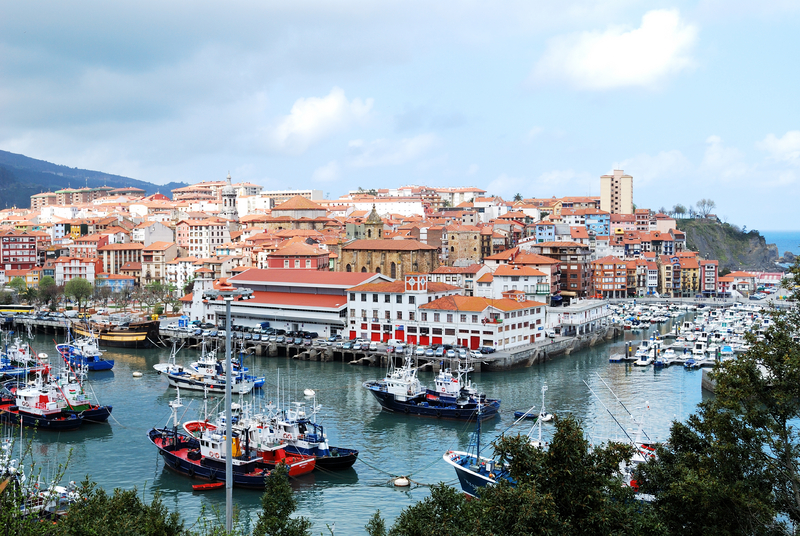Spain’s constituent regions aren’t states or provinces, as in many other countries of the world, but autonomous communities. This political distinction results from the profound differences in culture within the country’s borders. Several of the regions have their own language, all have their own food, and many have their own storied histories as ancient, proud civilizations.
El País Vasco, or Basque Country, is perhaps the most famously independent of Spain’s autonomous communities. The Basque language is notoriously difficult to learn. Luckily Spanish is widely spoken, but any effort to communicate in Basque is appreciated by locals. San Sebastian is the area’s top destination, thanks to its breathtaking Atlantic shores and its reputation as the best producer of the region’s unique food. A local specialty worth sampling is sidra, a slightly alcoholic apple cider.
 Spain’s other famously independent region, Catalonia, is located on the country’s eastern shore. Its language, Catalan, is easily learned by Spanish speakers. Barcelona is known for the many structures by famous modern architect Antoni Gaudí, whose style permeates this well-planned regional capital. The beaches of this cosmopolitan city nicely complement the region’s ski resorts to the north and nature reserves to the south.
Spain’s other famously independent region, Catalonia, is located on the country’s eastern shore. Its language, Catalan, is easily learned by Spanish speakers. Barcelona is known for the many structures by famous modern architect Antoni Gaudí, whose style permeates this well-planned regional capital. The beaches of this cosmopolitan city nicely complement the region’s ski resorts to the north and nature reserves to the south.
Andalucia is the intersection of all the finest aspects of Spanish culture, from food to music to architecture. The region invented tapas and is the world’s largest producer of olive oil, while the city of Sevilla is known as the home of flamenco music and dance. This southern region of Spain enjoys a rich Moorish history; sites such as the Great Mosque of Córdoba and La Alhmabra of Granada exhibit the height of Arab art and architecture from the Middle Ages.
El Comunidad de Madrid consists of the city of Madrid and its surrounding towns. Despite being the home of Spain’s central government and the Royal Palace, Cathedral, and Gardens, Madrid is best known for its nightlife. The neighborhoods of Huertas and La Latina are filled with revelers at all hours of the night as they scour the city for the best bars and dance clubs.
Even Spain’s less famous regions have their own defining characteristics. Valencia is the birthplace of paella, La Rioja is famous for its red wines, and the windmills of Castilla La Mancha were immortalized in Don Quixote. One of Spain’s ancient kingdoms, Galicia adds another regional tongue, Galician, to the tally of official languages, and another famous dish, empanadas, to the nation’s cuisine. Aragon, another such kingdom, houses a wealth of historical artifacts from the Middle Ages, while Cantabria is home to more Stone Age archaeological sites than anywhere else in the world. In Navarre’s largest city, Pamplona, locals and tourists alike run through the narrow streets with bulls during the Feast of San Fermin, and with its soaring mountains and dramatic rocky coastline, Asturias is considered the most beautiful part of the country.
Thanks to the linguistic, culinary, architectural and artistic diversity displayed across Spain’s autonomous communities, a trip to this one country can feel like a tour of over a dozen different nations.





